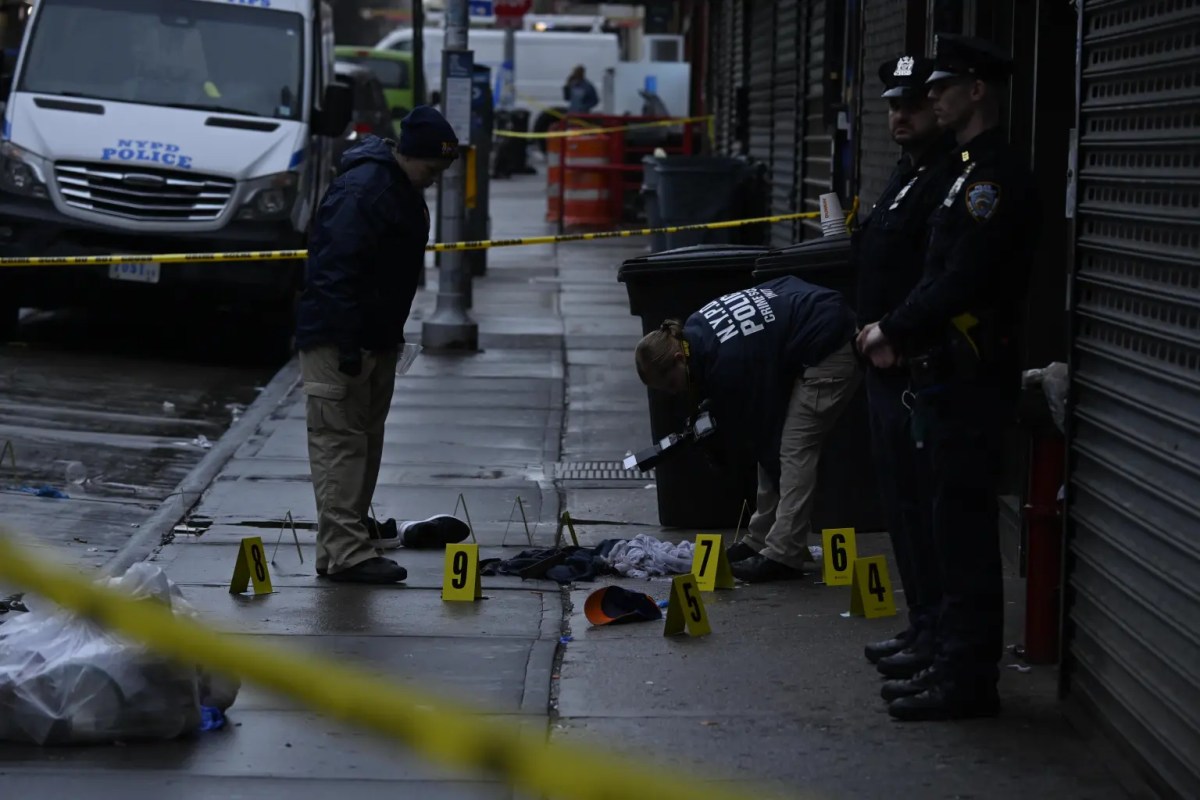New Yorkers have suffered through more smoggy days in recent years, putting the Big Apple among the top 15 dirtiest cities in the U.S., according to a study of ozone and particle pollution released today.
In the American Lung Association’s 2014 State of the Air report, each New York City borough received an F grade, except for Brooklyn, which wasn’t graded as it lacks an ozone monitor. According to the American Lung Association, which analyzed air from 2010 to 2012, Queens had the biggest jump in the number of unhealthy air days in the metropolitan region, while Manhattan and Bronx dropped an entire letter grade. Staten Island had the second dirtiest ozone in the state, the group said.
“Ozone is getting worse in many areas as evidenced by the nine F’s we saw for ozone” in counties throughout New York state, said Michael Seilback, a vice president of public policy at the American Lung Association.
Like New York, other metropolitan areas saw ozone pollution worsen compared to the last year’s air quality analysis. The report says warm summers between 2010 and 2012 caused more frequent high ozone days. In the report, New York region, which included parts of Connecticut, New Jersey and Pennsylvania, was tied for 12th as the most ozone polluted area.
New Yorkers can, however, breathe a sigh of relief over the decrease in particulate pollution, which are minuscule pieces of matter that can cause a range of health problems including heart attacks and asthma.
All five boroughs got a passing grade in the association’s test of annual particulate pollution, while the number of days with high-particle pollution decreased compared to the previous air test.
Each borough got a B grade except for the Bronx, which got a C. Nonetheless, the Bronx saw an improvement of two fewer days with high particle pollution and it lost the title of highest annual level in the state to Manhattan.
Mayor Bill de Blasio on Earth Day unveiled new rules designed to limit particle matter from wood-burning fireplaces, ovens and charbroilers.
As pollution from traditional sources like diesel and home-heating oil decreases, Seilback said, “sources like wood burning, char broilers, fireplaces are all going to have a larger and larger effect on air quality in New York.”











